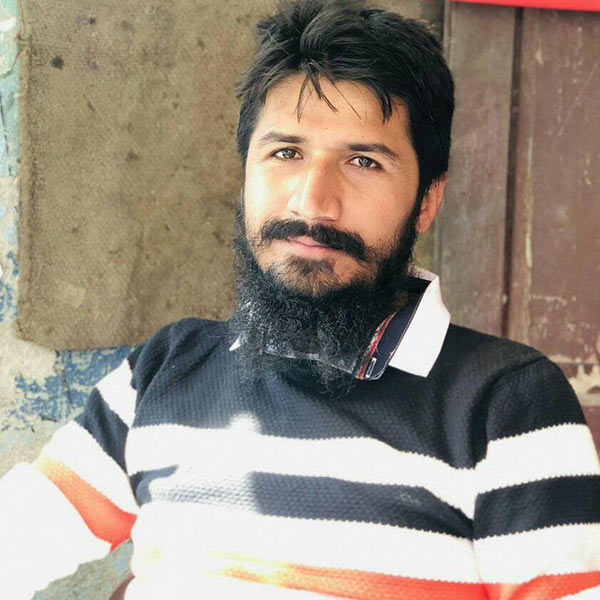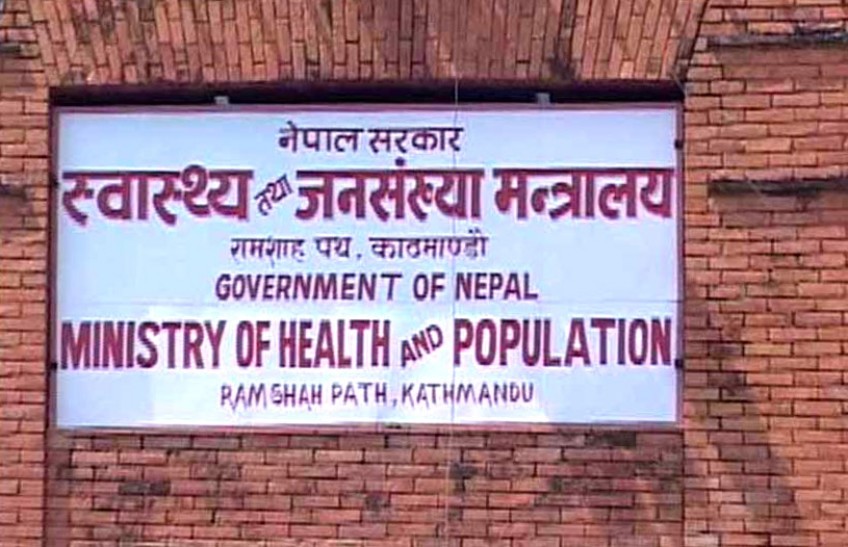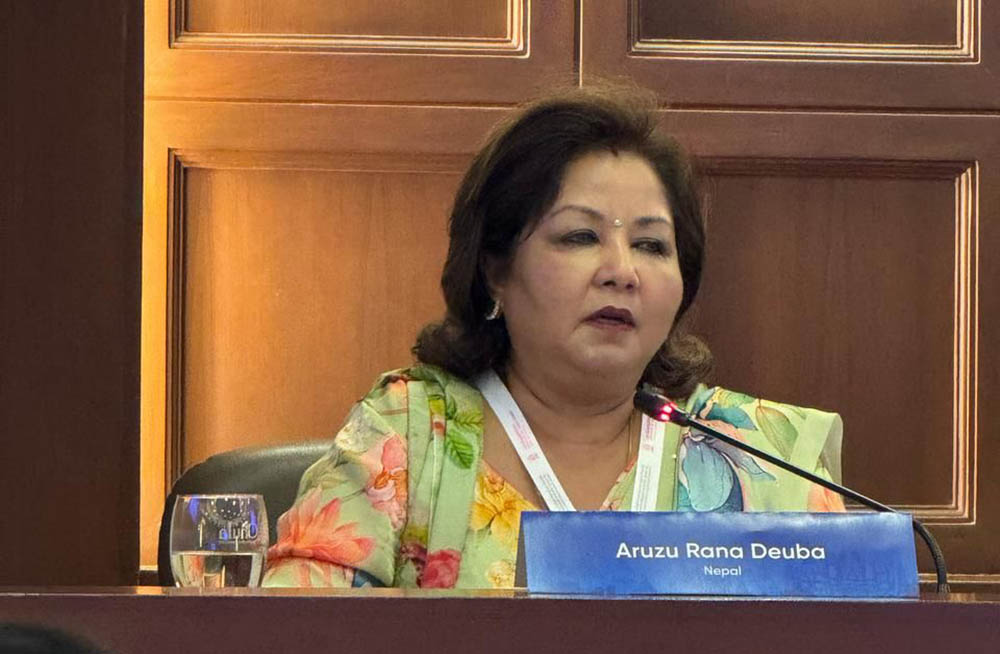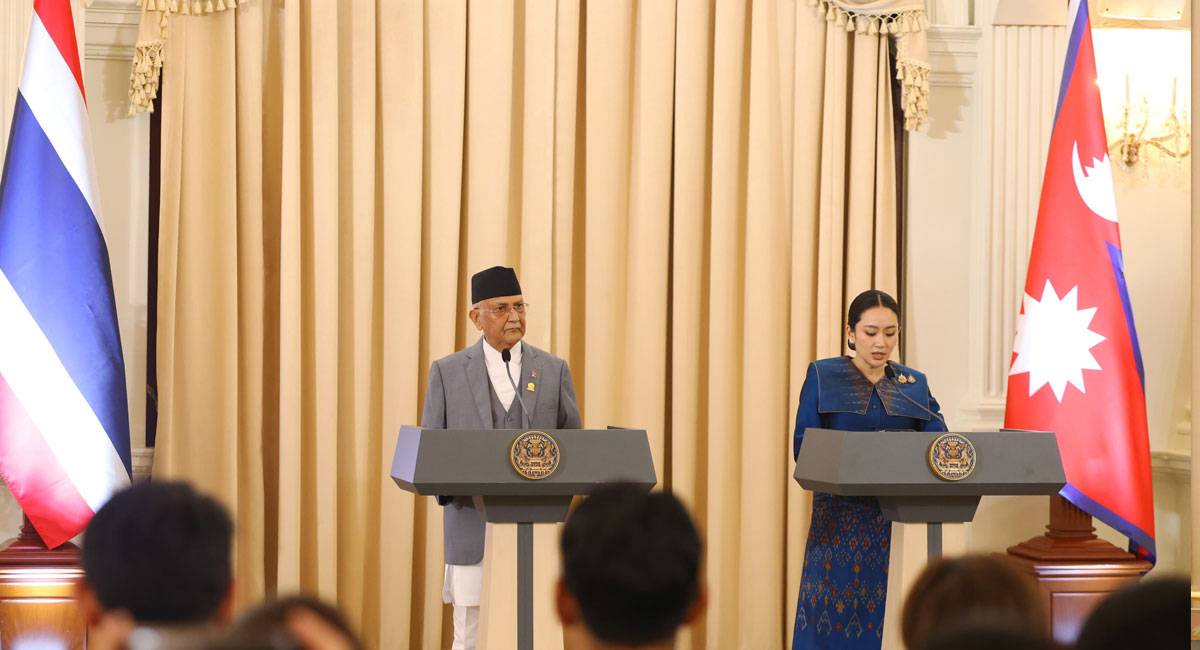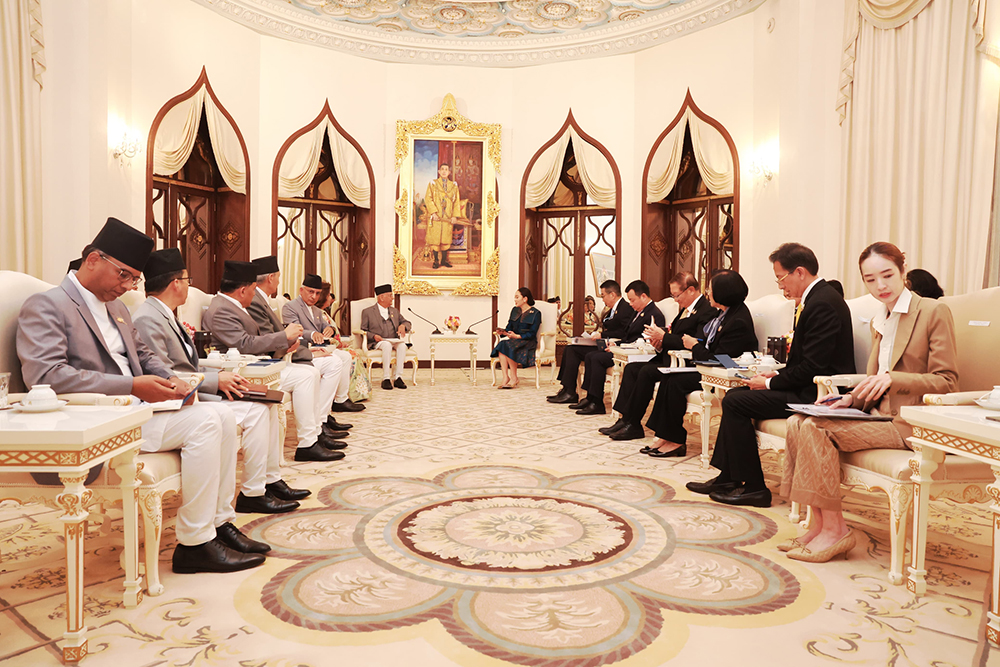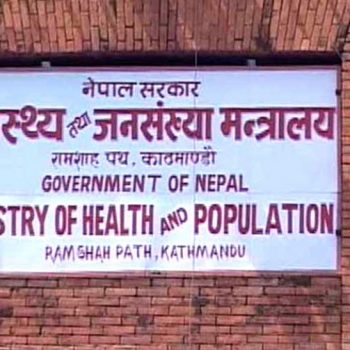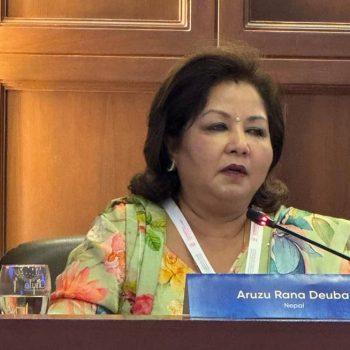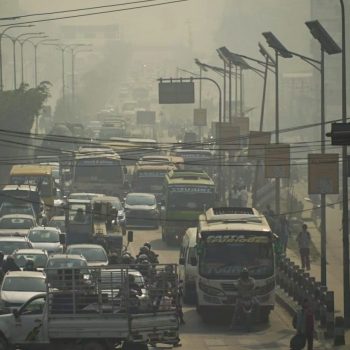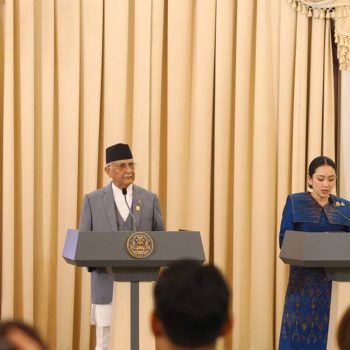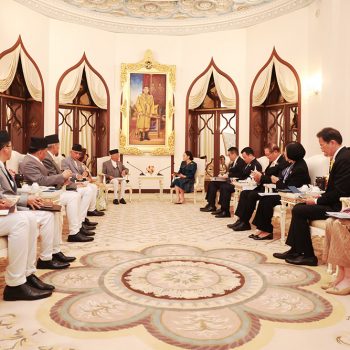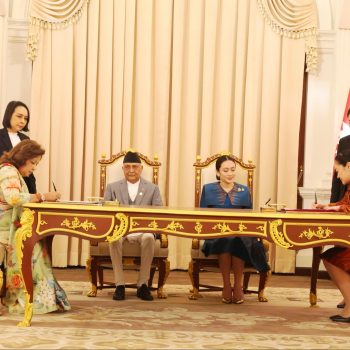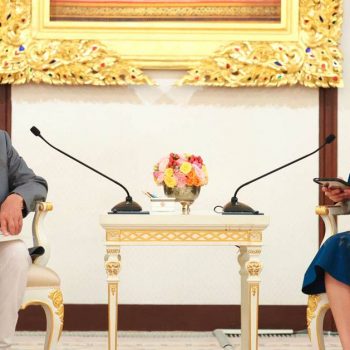Bangladesh: From Miracle to Mayhem
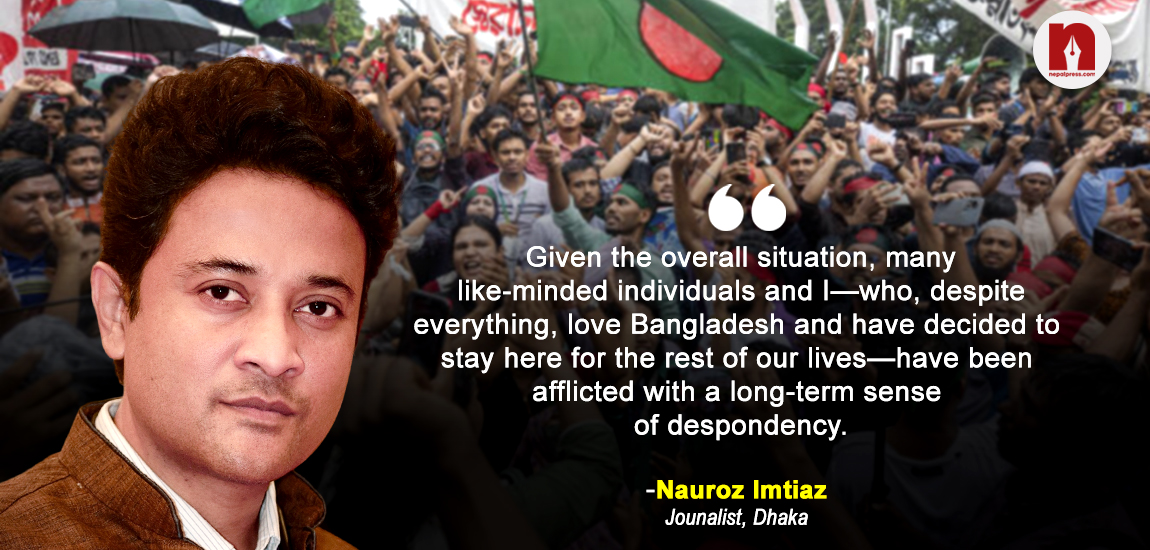
KATHMANDU: Perhaps no year in Bangladesh’s history since its independence in 1971 has been as eventful or as intriguing to future historians as 2024. The dramatic downfall of a powerful government, triggered by what seemed to be a relatively peaceful student protest against inequality, has undoubtedly astonished the global community. For the past fifteen years, Bangladesh had been projected to the world as a democratic and economic marvel. However, the widespread violence and destruction that unfolded over a mere two weeks have left everyone stunned. The situation in Bangladesh remains highly volatile.
Nepal Press’s Birat Anupam spoke with Nauroz Imtiaz, a local journalist, media consultant, and entrepreneur based in Dhaka, to gain insights into the unfolding events.
- It was reservation reform movement. But why it turned into anti-Hasina? She had accepted reservation reforms in 2018. It was court issue.
The Awami League government, led by Sheikh Hasina, oversaw unprecedented infrastructural development during its 15-year tenure. Unlike previous administrations, which had neither the initiative nor the vision for such advancements, the Awami League consistently highlighted its achievements in its political campaigns. However, Hasina government faced significant criticism for its perceived failures in establishing good governance, improving education, and promoting ethical development among the populace.
Despite initially enjoying widespread popularity after securing a landslide victory in the 2009 elections, the Awami League’s support gradually eroded following constitutional changes and a series of questionable elections. Concurrently, the government faced mounting allegations of corruption, including bribery, embezzlement, and foreign money laundering, as well as accusations of extrajudicial killings, enforced disappearances, and the suppression of political dissent.
Initially perceived as a peaceful and straightforward movement, the student-led anti-quota protests eventually evolved into a broader political upheaval. Many believe that political parties became actively involved, and some even suggest the influence of geopolitical factors and foreign powers.
Sheikh Hasina, who had demonstrated remarkable political acumen during the early years of her administration, adopted a counterintuitive and often self-defeating approach to the quota protests. Her prolonged tenure in power had isolated her and created a sycophantic environment, hindering her ability to perceive the ground realities. Overconfident due to her past successes in suppressing political issues, she and her cabinet adopted an arrogant and condescending tone, further fueling the students’ anger. By prolonging the protests rather than seeking a swift resolution, she inadvertently allowed the issue to escalate and become a focal point for broader discontent.
When the protests escalated, the government resorted to using its affiliated student organizations to quell the unrest. This tactic only exacerbated the situation, leading to widespread violence and further alienating the public. As the protests continued, the government imposed internet blackouts and social media bans, but these measures proved ineffective in silencing the dissent. Ultimately, the government was forced to concede to the protesters’ demands, but the damage to its reputation had already been done.
- When non students joined the protests?
The involvement of various segments of society in the students’ protests did not appear to me as isolated incidents. Rather, the entire movement seemed well-planned and organized at different stages. I observed similar analyses in both domestic and international media. In the past, political movements and various tragic events have left the people of Bangladesh in mourning, but they never transformed into anti-government movements. The quota reform movement was largely accepted by the public as a non-violent and seemingly just cause. However, based on intelligence reports, government officials appeared to perceive it as a political movement, leading them to adopt an arrogant and aggressive stance, which was not well-received by students and the general public, who continued to see it as a peaceful student movement. Even as the movement grew, it included members of government-supporting families both online and offline.
As the protests escalated in mid-July, the government attempted to control the situation through its student organization allies, who were already notorious for controversial activities. Their aggressive actions led to significant violence. Social media and anti-government outlets began to circulate images and reports of innocent students being injured, particularly after the viral spread of footage showing unarmed students being shot by security forces. This sparked widespread outrage, and anti-government sentiment gradually became more visible online. Within two days, the violence resulted in around a hundred deaths, including students and police, and saw the deliberate destruction of government offices, several newly constructed metro stations, and numerous government vehicles.
In response, the government implemented strict measures, including an immediate internet blackout, and the blocking of Facebook, WhatsApp, and YouTube, along with imposing a curfew. While this temporarily calmed the situation, the lifting of these restrictions saw a resurgence of anti-government sentiment. The government’s focus on the damage to infrastructure rather than the loss of lives further angered the public. Recognizing the gravity of the situation, the government eventually declared a day of mourning for the lives lost, but this was largely rejected by the public. Although government supporters changed their Facebook profile pictures to black in mourning, many others rejected this gesture and instead turned their profiles red to symbolize the bloodshed.
Throughout the entire situation, it became evident that the government was not fully aware of the severity of the situation and struggled to communicate effectively with the young protesters. The government’s statements often seemed outdated and failed to resonate with the youth, with some of the Prime Minister’s comments even sparking widespread controversy due to their ambiguous interpretations. This communication failure by Sheikh Hasina and her government should serve as a textbook example in the future.
Additionally, despite the government’s attempts to block the internet and popular social media platforms, the students’ networks remained operational. Information from Facebook indicated that students and protesters maintained their communication network using certain downloadable apps from the Google Play Store, which did not require Wi-Fi or mobile data but relied on basic Bluetooth technology, allowing them to sustain an alternative network. This crucial aspect had not been anticipated by the government or intelligence agencies.
At one point, the government softened its stance by accepting all demands and offering to engage in dialogue with the protesters, but this offer was rejected, and the quota reform movement gradually transformed into an anti-government movement. As the situation spiraled out of control, the protesters quickly capitalized on the public’s emotions, expanding their movement to such an extent that, despite the government’s best efforts, they could not prevent their downfall.
- No elected government, no parliament. Still, people are happy. Why so?
Due to the long tenure of the government and the lack of good governance, frustration had been building across all levels of society. The anti-quota movement was merely a spark that led people from various walks of life to collectively erupt in protest. While the departure of Sheikh Hasina’s government was met with widespread satisfaction and joy, this initial happiness was quickly dampened by unprecedented looting, widespread destruction, indiscriminate killings of police officers, the burning of police stations, unrecorded deaths of hundreds, the destruction of homes belonging to Awami League members, the killing of its supporters, the breakout of several thousand prisoners from at least four district jails, and the total collapse of law and order in the absence of police, leading to organized robberies that left the general populace in fear.
During the more than 15 years of Awami League rule, the BNP, Jamaat, and other Islamic parties had been subjected to severe repression, legal cases, imprisonment, and harassment, severely limiting their public activities. Following the fall of the Awami League, many of these groups began engaging in rampant looting and the seizure of assets from Awami League members. This brazen display of power frightened ordinary citizens, who came to realize that regardless of whether the Awami League or its opposition was in power, there would be no escape from political influence, extortion, violence, and exploitation.
If this situation continues, people may eventually forget the initial joy they felt at Sheikh Hasina’s ousting. The harsh stance taken by Sheikh Hasina against the student protests, along with her controversial remarks and actions, had angered the larger population. However, her sudden fall from power and the subsequent chaos have left many feeling a sense of sorrow, even though they may not have the opportunity to express it openly at this time.
- People are seemed to like Army than police as seen in some videos online. Is it true?
The people of this region, including those in Bangladesh, are often quick to forget the past and focus only on the present, with little foresight into the future. This tendency is even more pronounced in Bangladesh, as evidenced by its history. After the BNP government was ousted in 2007, a politically turbulent period led to a military-backed caretaker government that ruled for two years. Although initially welcomed by the public, dissatisfaction soon grew, and eventually, students began protesting against the military, which was later suppressed. When the Awami League returned to power democratically, the previous military-backed caretaker government became vilified.
Given the entrenched culture of corruption, irregularities, and the use of force, those in power have consistently used the police to serve their interests, leading to a longstanding distrust and resentment toward the police dating back to the British colonial era. This deep-seated animosity has resulted in unprecedented incidents of violence against the police, including attacks, the burning of police stations, and indiscriminate killings of officers in recent weeks. Accurate statistics on these events may take time to emerge.
In times of emergency under an elected government, the public often looks to the military for protection. During the recent escalation of protests, which resulted in the deaths of over 200 people, including students, the military announced that they would no longer open fire. This decision was warmly received by students and the general public, further fueling the protests. It was this loss of military support that ultimately led to Sheikh Hasina’s resignation.
As a result, the military was initially praised by the public. However, following Sheikh Hasina’s resignation, there were widespread incidents of looting, destruction, and lawlessness at key locations such as the Ganabhaban, Parliament House, and the Prime Minister’s Office. In the ensuing days of police absence, public enthusiasm waned as people once again longed for police protection. However, with the police under heavy attack, many officers went into hiding for their own safety, making it challenging to resume operations at most police stations. Restoring morale and restructuring the police force will be a time-consuming process.
- If there happens free and fair elections where both parties of Hasina and Khalida Zia take part. Who will get more seats?
Firstly, whether the political parties of Sheikh Hasina and Khaleda Zia will be allowed to participate in the election is uncertain and will only be determined with time.
Secondly, the timing of the next election is also unclear due to the rapidly changing situation. While emotions ran high during the upheaval, election outcomes are typically calculated differently. The entire equation could change once election campaigns begin. However, if the election were to be held within the next two to three months and is truly neutral, free, and fair, it appears that the Awami League would suffer a significant defeat. Currently, the party’s popularity is very low, and following their recent ousting from power, they have become highly disorganized and chaotic in terms of structure. If they were confident of winning, the Awami League would not have exerted influence over the last few elections.
However, in my personal analysis, the BNP’s organizational situation is also not strong, but they are likely to be significantly energized due to the fall of the Awami League and the resulting political vacuum. On the other hand, despite being unable to operate openly, Jamaat-e-Islami and other Islamic parties have quietly strengthened their grassroots organizational activities over the past 15 years, and they have not deviated from their goals and plans thus far.
- Is there any chances of new political parties of students leader of this protest?
There is growing speculation that the student leaders at the forefront of these protests could be poised to form new political parties. Online platforms are rife with discussions and campaigns promoting the idea of these young activists transitioning into national leadership. Furthermore, anecdotal evidence from the ground suggests that such efforts are already underway.
However, given the dynamic and rapidly evolving nature of the situation in Bangladesh, it would be premature to definitively conclude whether these student leaders will successfully translate their protest momentum into formal political power. The coming weeks and months will likely provide greater clarity on this matter.
- How was the role of media- private and state- and diaspora of Bangladesh in the protest?
Given that neither traditional media nor social media can be fully trusted, and most outlets operate with specific agendas, it’s clear that Bangladesh has become a breeding ground for rumors. Various factions have exploited the situation, spreading rumors rapidly.
The state-controlled television, Bangladesh Television (BTV), consistently broadcasts the ruling party’s narrative, and the public has little trust in its news. Early in the unrest, BTV’s headquarters were set on fire, leading to a temporary shutdown of its broadcast—the first such incident in the country’s history. After resuming its transmission, the station’s role went largely unnoticed.
Privately-owned media has been effectively divided into two camps. Pro-government outlets practiced self-censorship regarding the protests and the unfolding situation before Sheikh Hasina’s downfall, which angered the student protesters, who labeled these outlets as government lackeys. On the other hand, BNP and Jamaat-aligned media, along with a few neutral outlets that had been persecuted by the government, provided detailed and swift coverage of every stage of the protest, particularly the death tolls, which garnered praise from the students and helped intensify the movement.
With the fall of the government, several pro-government TV stations were set ablaze and went off the air. Although they later resumed operations on a limited scale, they, along with other media, began broadcasting news favoring Dr. Muhammad Yunus, the BNP, Jamaat, and the student movement. Notably, BNP’s acting chairperson, Tarique Rahman, who had been barred by the High Court from having his speeches broadcast due to his criminal conviction, was suddenly featured prominently in the media after Hasina’s resignation. His speech at a large BNP rally in Dhaka was broadcast live by all major media outlets.
Despite the widespread attacks, killings, and looting targeting Awami League members and police officers in the aftermath of Hasina’s fall, the media largely downplayed or ignored these events. With no functioning government and no clear communication from responsible officials in the immediate aftermath of the power vacuum, rumors ran rampant across the country. Reports emerged of foreign intelligence agents launching attacks, coordinated robberies, and even coups and counter-coups within the military. Official statements regarding changes in the military leadership and the dismissal of influential officers shortly after Hasina’s resignation lent credibility to these unverified reports.
- What next for Bangladesh?
The situation in Bangladesh is undoubtedly quite murky at the moment, and it’s too early to make any definitive predictions. We will need to wait a while longer to see how things unfold. The recent upheaval in Bangladesh was driven by widespread public outrage against the previous government, leading to a geopolitical shift without any clear leadership or political structure. The interim government, led by Nobel laureate Dr. Muhammad Yunus, is composed of individuals inexperienced in politics, and while they are currently enjoying a honeymoon period, they will soon face the challenge of making tough decisions. The world is currently shocked and traumatized by the developments in Bangladesh.
This disillusionment with Bangladesh is likely to alarm neighboring countries and economic partners, who may respond with stringent measures. The new government will face significant social and economic risks as many projects may be halted, impacting countless lives. Businesses might shut down, increasing pressure on the government, especially from the West. The government may need to reduce its size, potentially shrinking the very civil service positions that sparked the initial protests over quota reforms, leading to a reduction in job opportunities.
All signs point to a grim future for Bangladesh. The upward trajectory in economic and other developmental indicators seen over the past few decades has already started to decline, and it remains uncertain whether recovery is possible. Since the COVID-19 pandemic, Bangladesh has been grappling with economic challenges, exacerbated by the Ukraine war and global recession. The government’s extensive development efforts have led to substantial foreign debt, while there is a risk of declining exports from key sectors like garments. Additionally, there has been a campaign to discourage remittances from expatriate workers, which presents a significant challenge in bolstering this vital economic flow.
Furthermore, geopolitical tensions between neighboring powers India and China, Bangladesh’s potential involvement in an anti-China regional alliance under U.S. scrutiny, and ongoing tensions with Myanmar over the Rohingya issue could plunge Bangladesh into deeper crises. The actions, frustrations, and potentially disruptive behavior of the youth who spearheaded the movement and contributed to the fall of the previous government could also become a major concern.
The previous Awami League government amended the constitution to prevent unelected governments from coming to power. However, there’s no guarantee that members and partners of the current interim government won’t face legal complications in the future, should an elected government return to power. Regardless of whether the next government is elected or unelected, governing the country under these circumstances will be anything but not easy, and the ultimate burden of this turmoil will fall on the people of Bangladesh for an indefinite period.
- How you were part of the protest digitally and physically?
In the last three decades, there hasn’t been a single social movement in Bangladesh where I wasn’t actively present on the streets or involved in some capacity. Since the advent of social media, I’ve also been active online. As a journalist, I’ve had the opportunity to observe these times in detail, whether from the newsroom or directly on the ground, analyzing and monitoring every significant event and political movement.
However, for the first time, I wasn’t on the streets from the beginning of this recent movement. The protests, internet blackouts, and curfews disrupted normal activities in my work areas, forcing me to closely observe the entire situation from a journalistic perspective. Given the region’s past political history, the actions of the political parties, the interests of neighboring and global powers, the geopolitical equations, and the nature of this well-planned movement, I quickly realized this was not merely an anti-quota protest; it had a well-thought-out plan and agenda behind it. The steps, decisions, and language used by the protest leaders indicated that they knew exactly what would happen next and what they needed to do at each stage. Because of this, I refrained from taking any particular stance. Instead, I increased my efforts to gather information, connecting with and seeking insights from many people who closely follow matters of the country, state, politics, economy, international relations, and the military, and who possess deep analytical abilities. I particularly focused on understanding every piece of information related to the movement on Facebook and in international media.
On the day Sheikh Hasina fell, I had a premonition that something significant or decisive would happen. From early in the morning, I was on the streets, observing the “March to Dhaka” procession of the masses. I spent a considerable amount of time in the newsroom of a leading media outlet, witnessing the flow of news, the constantly changing situation, and eventually, the attack and arson by miscreants at that media outlet. To protect ourselves, my colleagues and I risked our lives by jumping to the roof of an adjacent building for safety.
Later into the night, I witnessed a wide array of scenes—people expressing their victorious feelings, millions participating in celebratory marches, and the exuberance of those looting and parading with stolen goods. From that night onward, I received reports from reliable sources of indiscriminate attacks, arson, murders, and looting targeting Awami League leaders, workers, and the police across the country. However, I had no immediate way to verify these reports. Meanwhile, the partial news blackout by most media outlets during this time left me, as a journalist, both shocked and deeply saddened.
Given the overall situation, many like-minded individuals and I—who, despite everything, love Bangladesh and have decided to stay here for the rest of our lives—have been afflicted with a long-term sense of despondency.


